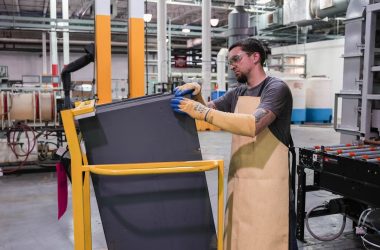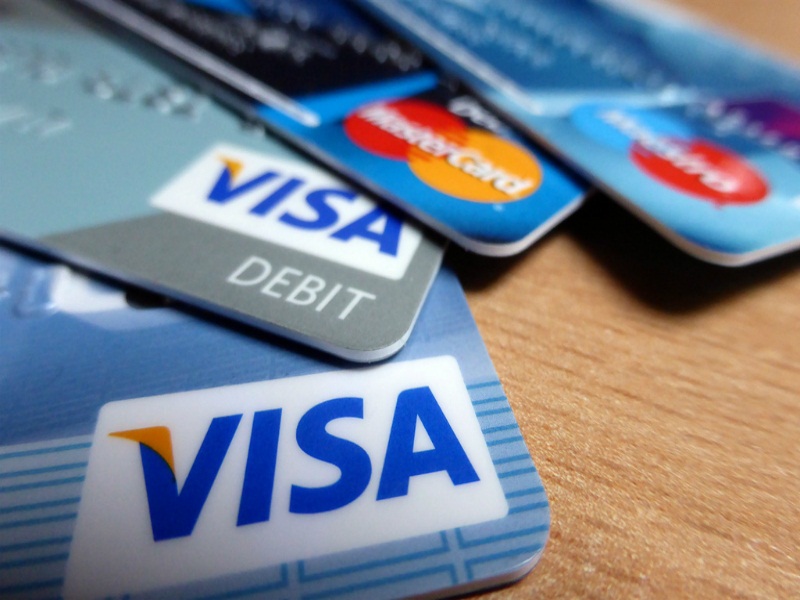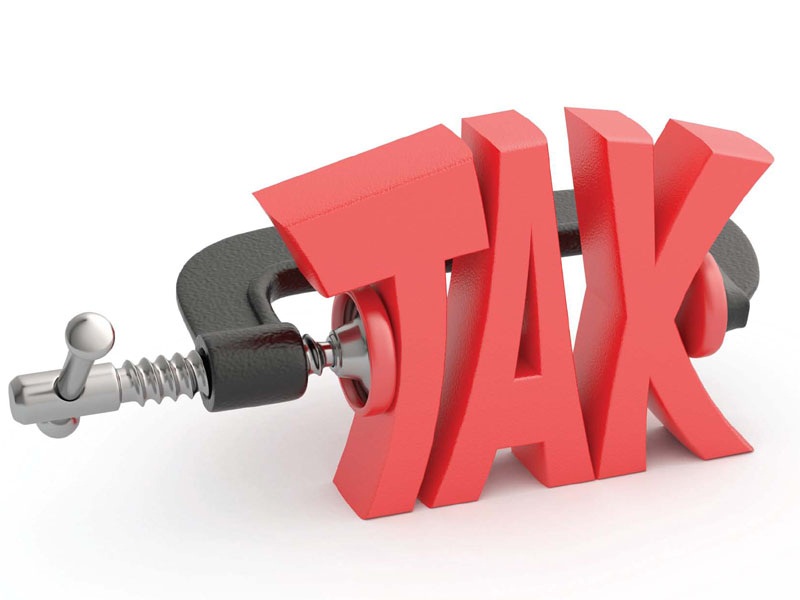If you’re running a restaurant, you know that the success of your business depends on how well your Point-of-Sale (POS) system works. A POS system helps to keep your restaurant organised and efficient, but staying ahead of the curve can be tough. That’s why we’ve put together this list of five POS system hacks that will help you take your restaurant to new heights.
1. Implement a Kitchen Display System
One way for a restaurant to stay ahead of the curve is to implement a Kitchen Display System (KDS). This system can facilitate food prep times, increase order accuracy, and reduce food waste and costs. With a KDS, orders are clearly displayed and organized on a network of displays and each staff member can see what items need to be prepared and when. This helps to streamline the kitchen process and eliminate errors, thus reducing wastage of food and supplies. Furthermore, this system also enables staff to easily track changes in the kitchen and to proactively maintain the quality of the food.
2. Establish Online Ordering
Establishing online ordering for your restaurant can be a great way to increase profits and keep your restaurant ahead of the competition. An effective point POS restaurant system can help streamline the process and keep your restaurant running smoothly.
Online ordering can help build customer loyalty and increase sales by making it easier for customers to order their favourite dishes. With a POS restaurant system, you can make it easy for your customers to order online. You can set up online ordering systems that allow customers to order their food in advance and pay online directly from the POS terminal. This eliminates the need for customers to wait in line or call your restaurant to place an order, making it easier and more convenient for them to get their food quickly.
3. Set Up a Loyalty Program
The ability to track customer loyalty is an invaluable asset for any restaurant. With the right Point-of-Sale (POS) system, you can easily set up a loyalty program to reward regulars and incentivize them to return to your establishment.
By using POS systems to track customer purchases and rewards, you can build customer loyalty in several key ways. First, you can offer discounts for frequent purchases, such as a “buy nine coffees, get one free” deal. You can also personalize offers based on past purchase history, so customers will receive offers tailored to their tastes.
4. Incorporate Mobile Payment Technology
Mobile payment technology can be integrated into your POS system in a variety of ways. You can allow customers to pay with their phones by scanning a QR code that is generated by your POS system, or you can allow for proximity payments, where customers can use Apple Pay, Google Pay or other payment services to pay for their order without ever having to take out a physical card. You can even set up an app or website for customers to order directly from the restaurant and pay with their mobile device.
Mobile payment technology is becoming increasingly more popular, and integrating it into your POS restaurant system is the perfect way to keep your restaurant ahead of the curve. While it may take some time to set up, the long-term benefits of incorporating this technology can be worth it in the end.
5. Streamline Inventory Management
When it comes to managing a restaurant, inventory is one of the most important things to keep in check. Sure, customer service and the quality of the food are important, but without proper inventory management, it would be hard to keep up with demand. This is where point-of-sale (POS) systems come in.
POS systems make it much easier to keep track of inventory. By using barcodes and scanning technology, orders can be accurately inventoried, and any discrepancies can be easily detected and corrected. This streamlines the process of restocking and helps reduce waste.
POS systems can also keep an inventory report, which can be accessed anytime. This allows restaurant owners to know exactly how much of every ingredient they have at any given time. This eliminates any guesswork and ensures that the restaurant is never caught off-guard.
Finally, POS restaurant systems can be used to compare regular stock levels with sales data. This helps identify trends so that the restaurant can accurately predict how much of each ingredient will be needed in the following weeks. This makes it easier for the restaurant to plan its menu and keep up with customer demand.
















